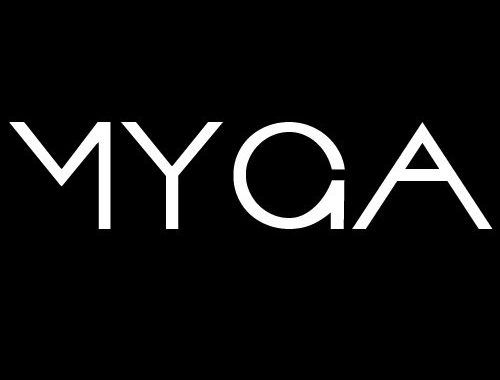Consider MYGAs instead of CDs
MYGAs are good annuities. Good annuities also include SPIAs and QLACs. They all have similarities, but first, you must buy them rather than being upsold for a product with a higher commission. Good annuities are good because they pay the same commission regardless of where you buy them. And you have to buy them rather than being sold by an annuity sales person.
A MYGA (Multi-Year Guaranteed Annuity) may be a good bond alternative or a place to put money you plan on annuitizing or putting into T-bills or cash.
MYGAs are also a strong contender over CDs or T-bills in a bond ladder.
Even if you don’t need the tax deferral of MYGAs, there are reasons why you might want to give your cash to insurance companies rather than banks. Taxation is one.
Taxation of MYGAs
Taxes for MYGAs are complicated, as is the case for most annuities.
Growth is tax-deferred (as opposed to a CD, where you pay as you go). If you cash out at the end of the term, taxes will be owed. This may be advantageous, especially if you build your bond ladder when you don’t want income.
Say you still have some income from work but want a bond ladder, or you are trying to keep your income low for ACA Premium Tax Credits. You can pick bonds or CDs and pay ordinary income tax as you go or defer paying until you cash in MYGAs. You will still pay ordinary income tax but can pay when you decide the time is right with a MYGA.
If the time is not right to pay the taxes, you can do a 1035 exchange into another annuity. With MYGAs, ordinary income taxes will be paid, but you can choose when you pay them!
It is important to note that there is a 10% penalty if you are younger than 59 and a half when you take the growth. Thus, planning to withdraw from an MYGA at the right time is essential.
How MYGAs Work
MYGAs are “fixed annuities” with a contractually guaranteed fixed interest rate for two to ten years. If you are looking for CD-like products, MYGAs are a strong contender.
In exchange for your premium payment to an insurance company, you get the return of principal plus a guaranteed fixed interest rate for a specified length of time. Depending on the contract, the contract can roll over to another contract (with a different interest rate) if you don’t withdraw the money at the end of the term. If you “need” the money before the end of the contract, there are surrender charges (as there are penalties with CDs if you withdraw the money early).
You can 1035 exchange MYGAs into other insurance products. MYGAs are accumulation annuities (not meant to be annuitized for income). That said, MYGA into SPIA is probably a better option than a DIA.
You can use pre-tax (IRA) or after-tax money.
MYGAs are mostly for pre-retirees and retirees with a low-risk tolerance. If you’ve taken the RISA, the quadrant to consider MYGAs is the left, left upper. This means you score high on safety-first and moderately high on optionality. If you are more commitment (rather than optionality-based), SPIAs and DIAs are more appropriate.
Finally, remember that insurance is regulated at the State level, so MYGAs will be specific to your state.
Example of MYGAs vs. CDs
MYGA rates are found at LeverageRx, and here are treasury and CD rates: Treasury rates
As you can see when comparing MYGAs vs. CDs, MYGAs pay you more. There are stiffer early withdrawal penalties with MYGAs vs. CDs, but you can tax defer your income MYGAs.
Next, let’s look at a MYGA ladder.
MYGA Ladder
You might consider a treasury for 7 or 10 years. TIPs might be an option if you are worried about inflation in the mid-term. For years 5-7, MYGAs might be a consideration. Since you want more flexibility early on, consider CDs for years 3-4.
Pure speculation.
Where do MYGAs fit on a Bond Ladder?
Instead of a bond ladder, consider a MYGA ladder. This is especially true if you need to tax-defer the income from this investment or plan on annuitizing the investment anyway.
Say, for example, you are interested in a SPIA in the future. You might put away money you plan on spending on the SPIA in the future in a MYGA. Then, when the time comes, do a 1035 exchange into the SPIA and defer paying the taxes until you recognize the income in the SPIA!
On the other hand, look at treasuries, CD, and MYGA rates if you are fixated on a bond ladder. Using a MYGA in a few rungs will increase your diversification and return slightly. Of course, the trade-off is more complexity as you are dealing with a contract from an Insurance Company. There is also the deferral of taxes and the penalty for early withdrawal.
Because MYGAs are good annuities that you must buy (rather than having them sold to you), you can buy them online or through an insurance agent.
If you plan on building a bond ladder, consider adding MYGAs as a rung or just a MYGA ladder.
There are tax benefits to consider, but there is an increase in complexity.
